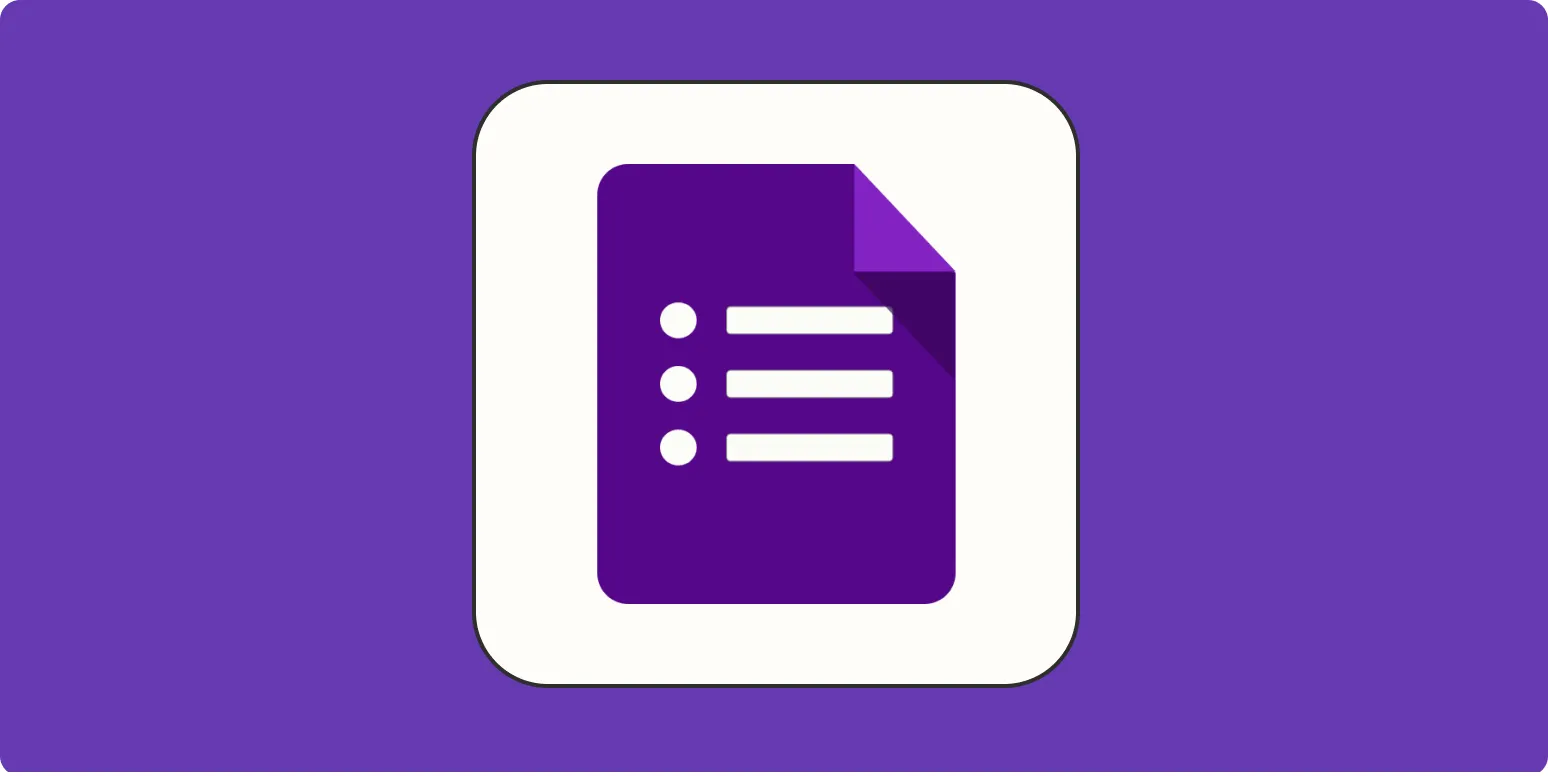In recent years, online learning has become an integral part of education, and innovative tools such as Google Forms have emerged as essential resources for educators. Among the various creative strategies to enhance this digital experience, the concept of "Virtual Volcanoes" stands out. This approach not only makes learning interactive but also encourages students to engage with the material in a meaningful way. In this article, we will explore how Google Forms can be utilized to create a stimulating learning environment that mirrors the dynamic nature of a volcano.
Understanding Virtual Volcanoes
Virtual Volcanoes refer to the simulation of volcanic activities through interactive online platforms. By using Google Forms, educators can create activities that allow students to explore various aspects of volcanology, including types of volcanoes, eruption mechanisms, and the impact of volcanic eruptions on the environment. This method encourages critical thinking and promotes active participation, which are crucial in online learning.
Benefits of Using Google Forms in Online Learning
Google Forms offers numerous advantages when used in an educational context. Some of the key benefits include:
- Easy to Create: Google Forms allows educators to design quizzes, surveys, and interactive activities with minimal effort.
- Real-Time Feedback: Teachers can provide instant feedback on student responses, fostering a more engaging learning experience.
- Data Collection: The platform automatically compiles responses into easily digestible charts and graphs, allowing educators to analyze student performance efficiently.
- Accessibility: Students can access Google Forms from any device, making learning flexible and accommodating.
Creating a Virtual Volcano Experience
The implementation of Virtual Volcanoes in online learning can be achieved through various activities designed in Google Forms. Here are a few ideas:
1. Interactive Quizzes
Educators can design quizzes that test students' knowledge about volcanoes. Questions can range from identifying types of volcanoes to understanding their formation. For example:
- What type of volcano is characterized by gentle slopes and non-explosive eruptions?
- Which volcano is known for its explosive eruptions and steep profile?
The quiz can include multiple-choice questions, true/false statements, and short answer formats. Using various question types keeps students engaged and helps assess their understanding of the subject matter.
2. Eruption Simulation
Another engaging activity involves simulating a volcanic eruption using Google Forms. Educators can present a scenario where students must make decisions based on various factors like the volcano's type, location, and environmental conditions. For example:
Students can be asked to choose:
- The type of eruption (effusive or explosive)
- Evacuation plans for nearby communities
- Measures to mitigate environmental impact
This type of activity encourages students to apply their knowledge in a real-world context, enhancing their critical thinking skills.
3. Collaborative Projects
Google Forms can be used to facilitate collaborative projects among students. Educators can create forms where students can submit their research findings on different volcanoes around the world. This can include:
- Location and geographical features
- Historical eruptions and their effects
- Current monitoring techniques used by scientists
By allowing students to share their findings, educators can foster a sense of community and encourage peer-to-peer learning.
Analyzing Student Responses
One of the most powerful features of Google Forms is its ability to analyze responses through visual aids, such as charts and graphs. This data-driven approach helps educators assess the effectiveness of their teaching methods and identify areas where students may need additional support.
For instance, if a significant number of students struggle with questions related to volcanic eruptions, the educator can revisit that topic and offer additional resources or explanations. In this way, Google Forms serves as a valuable tool for enhancing the overall online learning experience.
Conclusion
Incorporating Virtual Volcanoes into online learning through Google Forms creates an interactive and engaging educational environment. By leveraging the platform's capabilities, educators can design activities that not only educate but also inspire students to explore the fascinating world of volcanology. The use of quizzes, simulations, and collaborative projects fosters critical thinking and enhances participation, making learning an enjoyable experience.
As the landscape of education continues to evolve, tools like Google Forms will undoubtedly play a crucial role in shaping the future of online learning. By embracing innovative approaches like Virtual Volcanoes, educators can provide students with the skills they need to thrive in an increasingly digital world.





